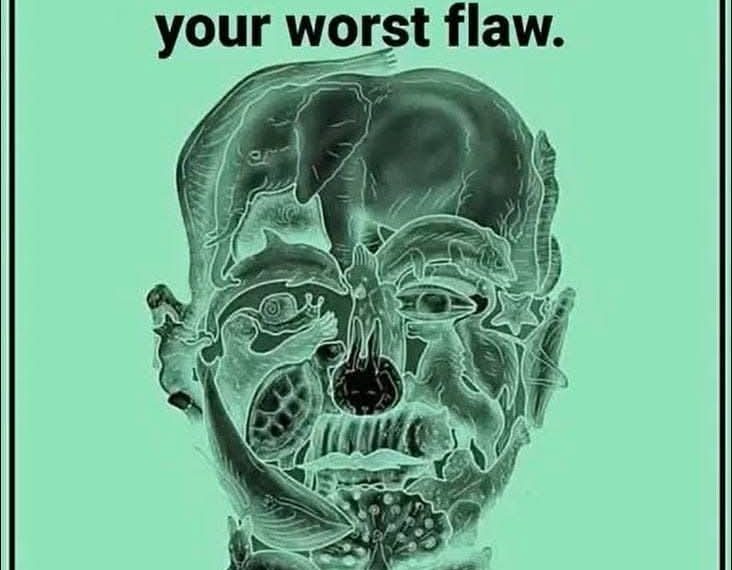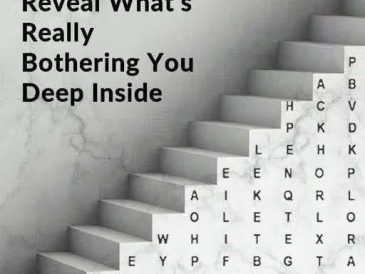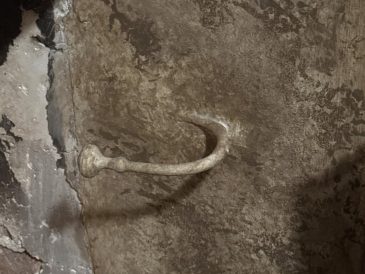The viral image above is more than just an optical illusion — it’s a projective psychological test that claims to reveal your biggest flaw based on the first animal you notice. This type of test plays on the idea that our subconscious mind prioritizes certain images depending on our personality traits, experiences, and even hidden insecurities.
🔍 How This Works
When you first look at the image, your brain doesn’t process every element equally. Instead, your attention is drawn to one specific animal — often without conscious control. Psychologists call this selective attention, which can be influenced by:
- Past experiences
- Current emotional state
- Personality traits and habits
This test works similarly to the famous Rorschach inkblot test, which has been used for decades to uncover underlying thought patterns. While it’s not a scientifically validated diagnostic tool, it can offer interesting insights into how we see the world and ourselves.
🐾 The Animals and What They Might Mean
While interpretations vary, here are some common symbolic meanings associated with animals you might see first in the image:
Cat – You value independence, but you may struggle with trust or opening up to others.
Dolphin – You are imaginative and empathetic, yet sometimes overly idealistic or easily distracted.
Lion – Strong and determined, but prone to stubbornness or dominance.
Bird – You are free-spirited, but you might avoid responsibilities or commitments.
Turtle :You are patient and steady, but sometimes overly cautious or slow to act.
Bear – You are protective and loyal, but at times quick-tempered or overprotective.
Horse – You are energetic and driven, but might resist authority or routine.
Peacock – You are confident and expressive, but sometimes overly focused on appearances.
🧪 Psychology and Science Behind It
Although fun, optical illusion personality tests are not definitive psychological assessments. However, they are inspired by real cognitive principles:
- Gestalt Psychology: Our brains tend to perceive complex images as wholes rather than just their parts. Depending on our mindset, we may focus on different “wholes” first.
- Priming Effect: Prior thoughts, emotions, or experiences can unconsciously guide what we notice first.
- Projective Hypothesis: People interpret ambiguous images in ways that reflect their own emotions and traits (as with the Rorschach test).
A 2018 study in Frontiers in Psychology found that such visual perception tasks can reveal biases in attention linked to personality, but they should always be taken with a degree of skepticism.
⚠️ The Limitations
- Not a diagnosis: This is entertainment and self-reflection, not a substitute for psychological evaluation.
- Influenced by mood: The animal you see first today may differ tomorrow based on stress, fatigue, or focus.
- Cultural differences: Different cultures may associate animals with very different symbolic meanings.
✅ Conclusion
Tests like the one in the image are playful ways to engage in self-reflection. While they won’t give you a clinically accurate analysis of your “worst flaw,” they can highlight traits you might want to examine more closely. The real value lies in using them as a starting point for personal growth, rather than a final judgment.





